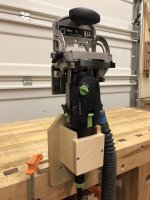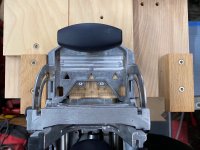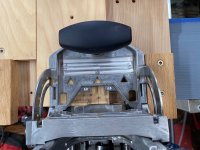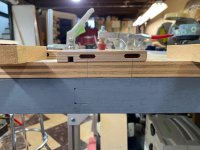I've been trying to use the tight setting on my Domino 500 for both pieces but its alway hit or miss even with the most accurate scribe mark. I've been wondering if there has been any feedback on making the setting less loose. If I just has 2mm on either side of the second setting I think I'd be able to nail a flush fit every time.
How are others able to nail flush fits with the domino on the first/tight setting?
Thanks
How are others able to nail flush fits with the domino on the first/tight setting?
Thanks






